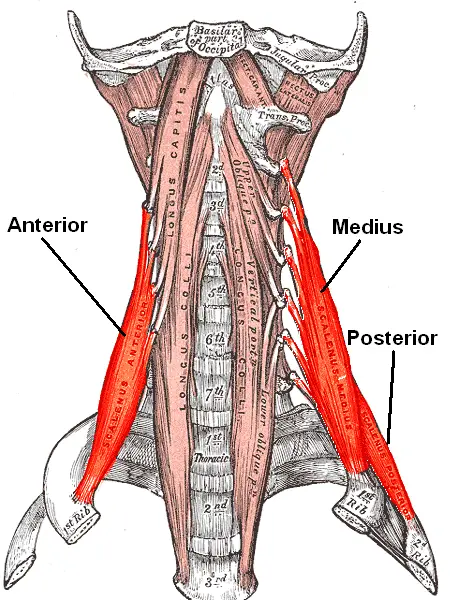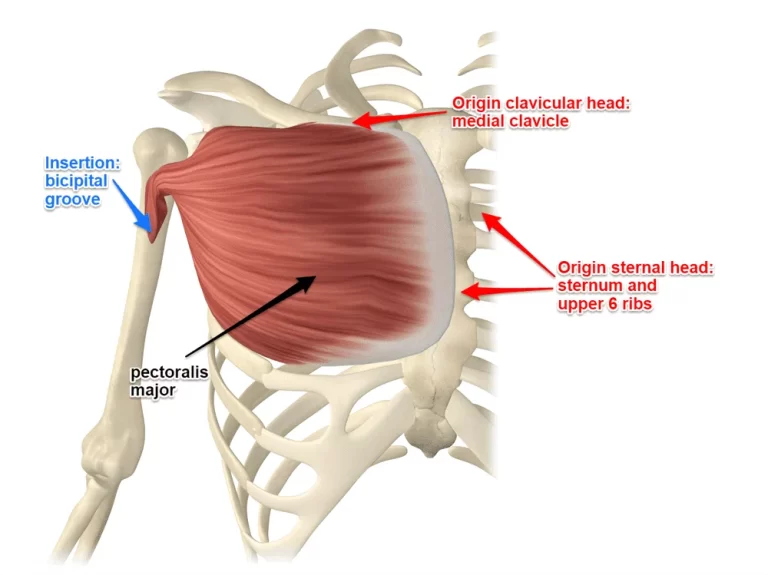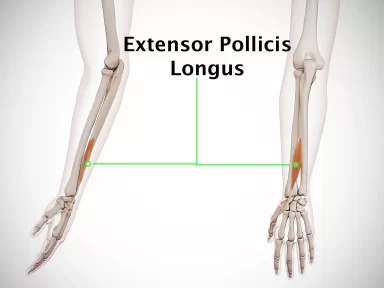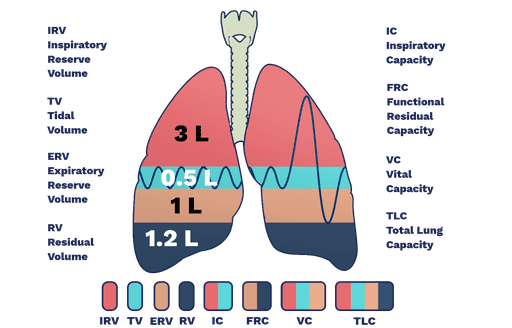Gemellus inferior muscle: Origin, insertion, Function, exercise
Gemellus inferior is a small muscle and the second of the Gemelli muscles group while 3rd muscles at the Triceps coxae muscle group. It is located just below the gemellus superior and the Obturator internus muscles.
Superior and inferior gemellus muscle with obturator internus form the triceps coxae, which act together on the hip, mainly external rotation and extension of the thigh.
Inferior gemellus arises at the ischium of coxal bone and inserts at the greater trochanter of the femur, so it is sometimes called a deep gluteal muscle.
Origin:
upper -part of the ischial tuberosity .
Insertion:
into tendon of obturator internnus.
Nerve supply:
nerve to quadratus femoris (l5-s1).
Blood supply:
The muscle takes blood supply from the medial circumflex femoral artery, which originates from the deep femoral artery. After the muscle, the medial circumflex femoral artery also supplies the neck of the femur.
Action:
Mainly two functions: laterally rotates and stabilizes the hip.
Inferior gemellus is an accessory muscle with the obturator internus, which helps it in its actions. This aspect is necessary because obturator internus loses a proportion of its function after it leaves the pelvis and turns almost ninety degrees when crossing the lesser sciatic foramen.
Inferior gemellus muscle acts on the hip joint, causing two major movements. When the thigh is in an anatomical position, it pulls the greater trochanter of the femur posteriorly, around the bone’s longitudinal axis, causing external (lateral) rotation of the thigh. When the hip, and hence the thigh, are flexed, inferior gemellus pulls the upper femur medially. This action is compensated by the lower femur moving laterally, resulting in thigh abduction. Inferior gemellus also reinforces the integrity of the hip joint, stabilizing the head of the femur inside the acetabulum.
Inferior gemellus muscle works on the hip joint, When the thigh is in a neutral position, it pulls the greater trochanter of the femur posteriorly, around the femur’s longitudinal axis, causing lateral rotation of the hip.
When the thigh is flexed, the inferior gemellus pulls the upper femur medially while at the same time compensating by the lower femur moving laterally, resulting in hip abduction. Inferior gemellus also reinforces the stability of the hip joint, and stabilizes the head of the femur inside the acetabulum(Hip joint).
Gemellus Inferior muscle exercise:
To strengthen the gemellus superior, you should strengthen your Hip rotators muscles.
How to stretch gemellus?
To stretch the gemellus you can do a combination of opposite movements from hip such as internal rotation with extension and adduction.
To strengthen the gemellus muscles, you can strengthen your external rotators.
To stretch Gemellus inferior muscles, you can do the following exercise.
Three-point hip rotation:
Keep your position on your hands and knees on a soft mat. Bring your left knee towards your chest while keeping your knee flexed. Then gradually rotate your leg externally to the left and then to the back, then bring the knee back to your chest. Complete a total of 8-10 repetitions on the opposite leg. Keep your stretch movement gradual, gentle, and pain-free.
Relations
The triceps coxae muscle complex, which is situated in the deep layer of the gluteal area between the piriformis and quadratus femoris muscles, includes the inferior gemellus. The gluteus maximus muscle lies superficially over the inferior gemellus, whereas the hip joint is situated deep, or anterior, to it. The quadratus femoris nerve leaves the pelvis through the larger sciatic foramen and descends deeply to the inferior gemellus. The inferior gluteal artery, sciatic nerve, and posterior femoral cutaneous nerve all pass superficially, or posteriorly, to the inferior gemellus.
The inferior gemellus creates a muscular channel for the tendon of the obturator internus after it leaves the pelvis through the smaller sciatic foramen. As they get closer to the femur’s insertion point, the inferior gemellus first moves inferior to the tendon before moving anterior to it.








One Comment